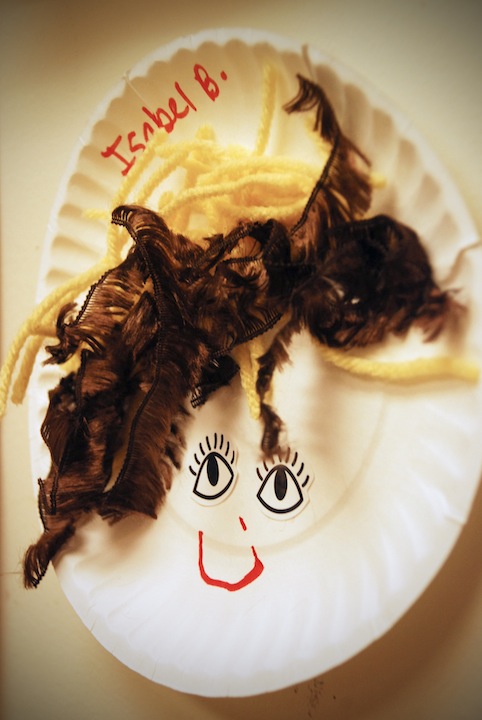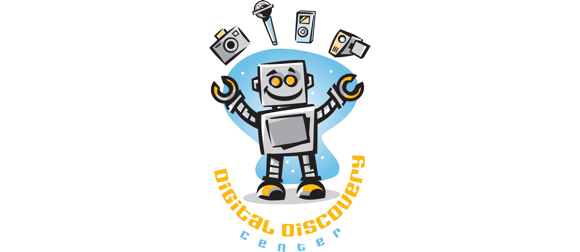Why do we as adults pursue hobbies such as golf, crochet, or gardening? We spend time in such an activity because we find it enjoyable, we have some control over the activity, and we see it as offering some probability of success. We choose what we will crochet or plant; we decide where, when, and with whom we will play golf or tennis.
Children, too, learn best when they have some control over their learning, when activities are meaningful and relevant, and when they can make choices in the materials they will work with and how they will use them.
Children thrive when they have opportunities every day to make choices in their learning. We facilitate children’s choices within a carefully planned environment. We create the environment to allow each child to choose activities that are developmentally appropriate for his or her age. The children choose the peers with whom they will work and play and usually determine how they will use the available materials.
These choices empower children to take control of their own learning. Children use materials and equipment in far more creative and innovative ways than we could ever plan, and they use the materials in ways that meet their own developmental needs.
Research indicates that intrinsic motivation-when we work on a task primarily because we find it satisfying-is the most effective and engaging way to learn. In our program we make an effort to provide materials and activities that provide choice and interest for the children. That’s a key reason that you’ll see busy, involved children when you visit our classrooms.
Adapted from Family Friendly Communications by Diffy & Morrison for NAEYC







Leave A Comment